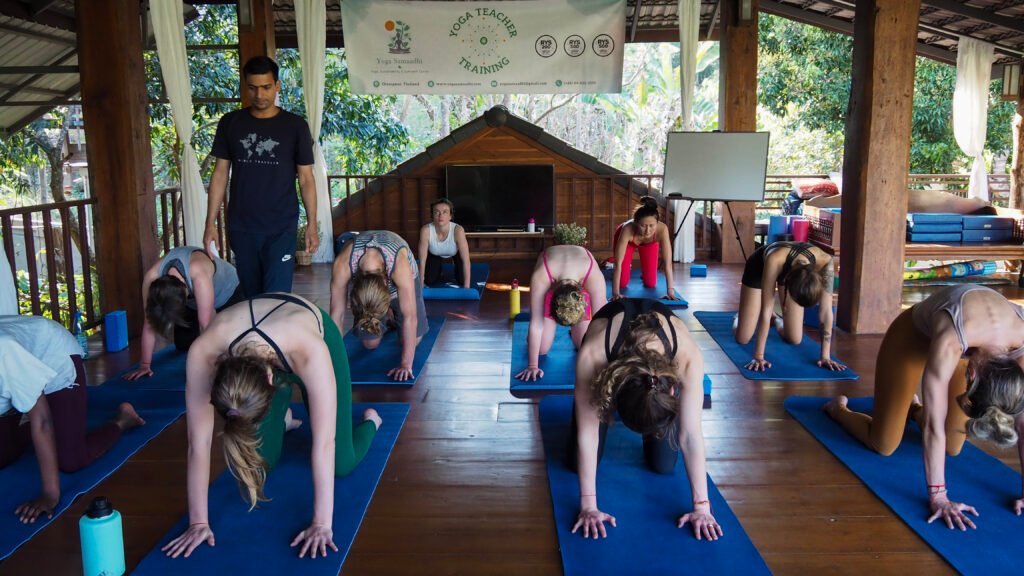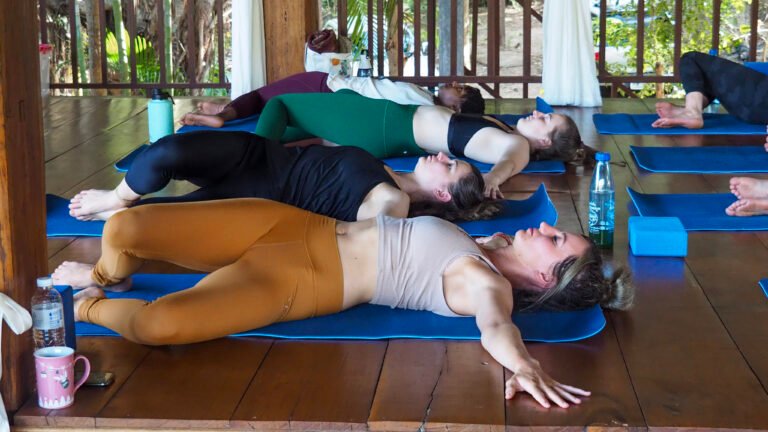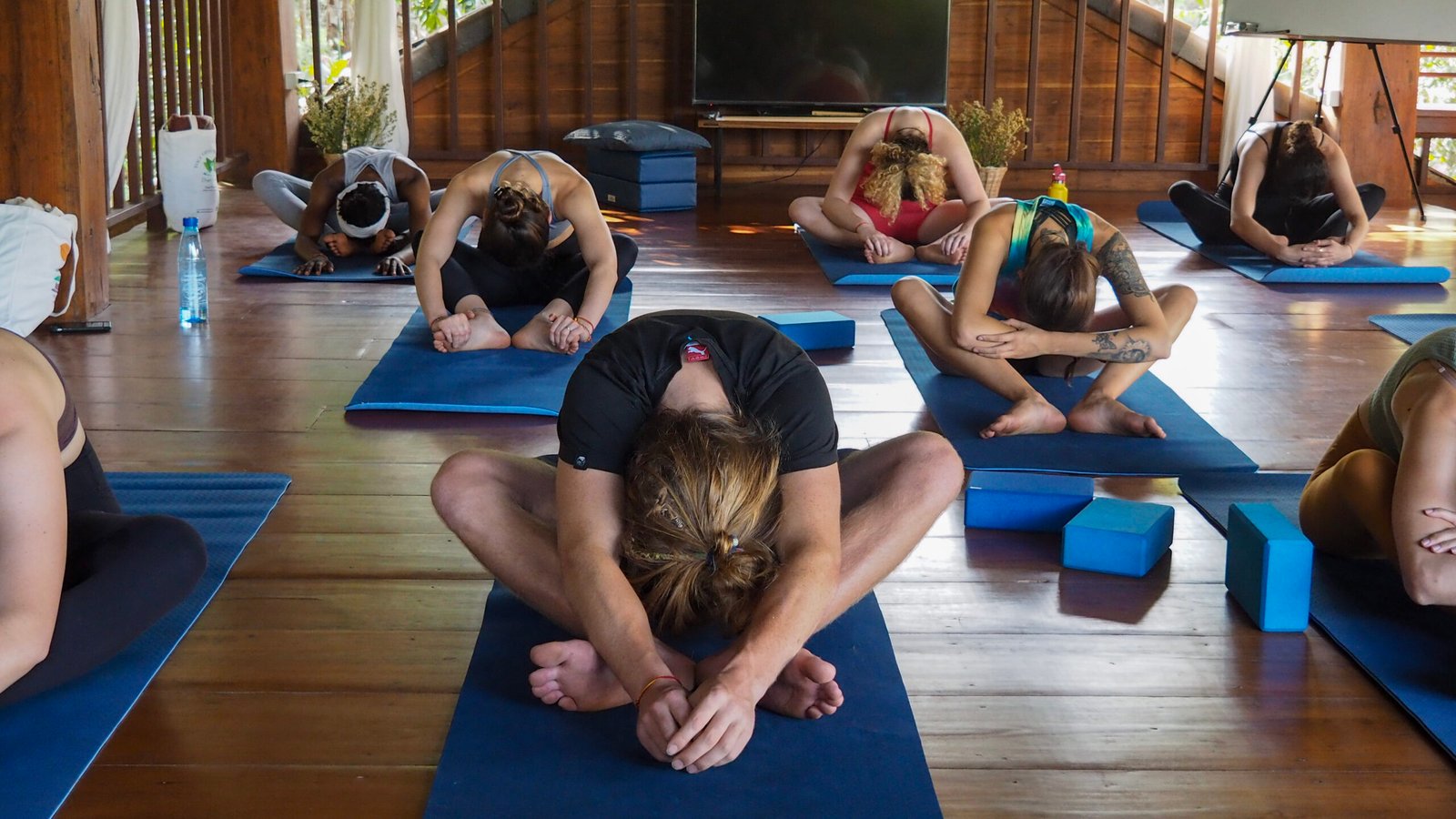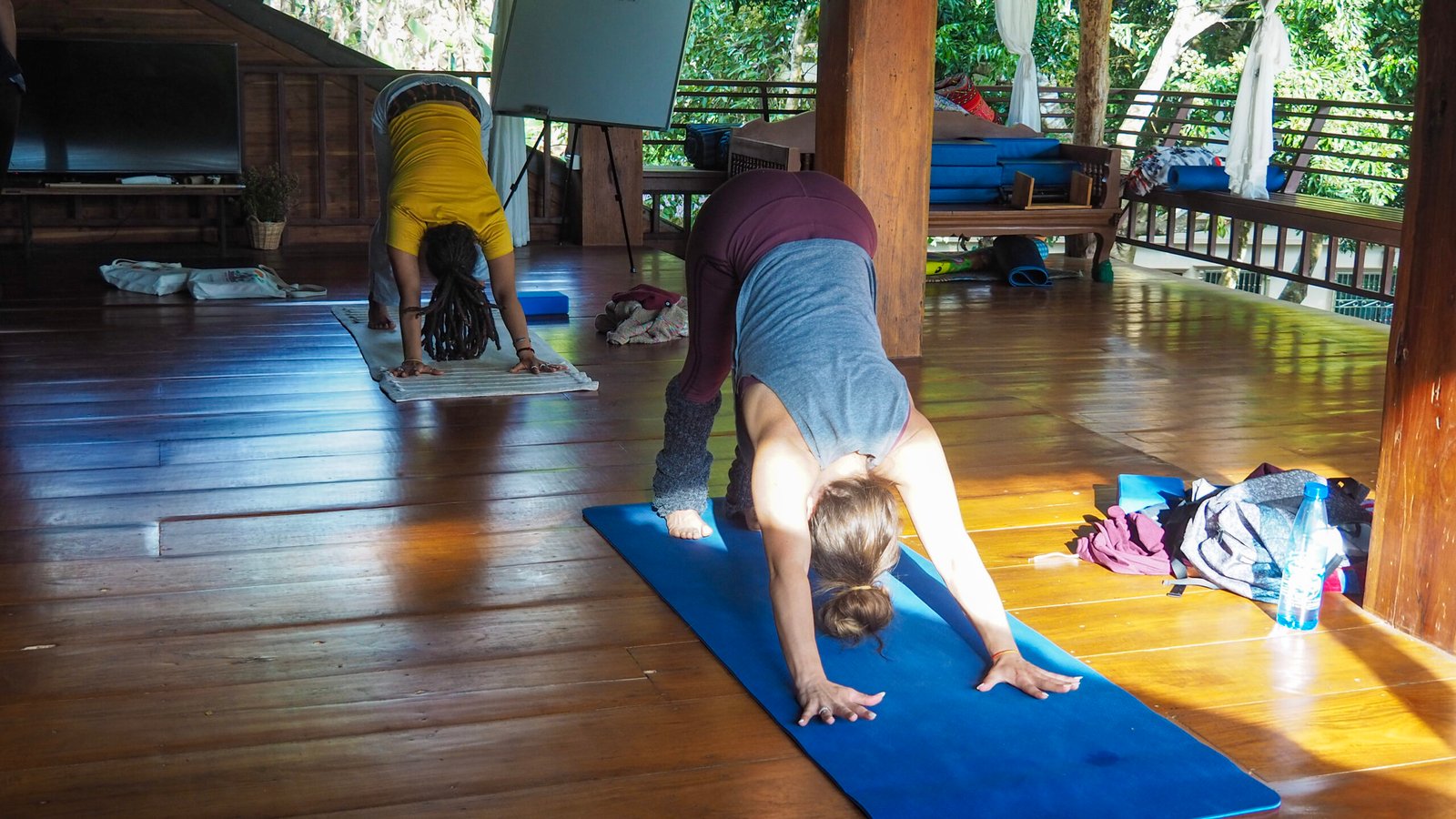Are you feeling overwhelmed and stressed out? Do you find it difficult to unwind at the end of a long day? If so, incorporating a daily yoga routine into your life could be the solution you’ve been searching for. Yoga has been proven to reduce stress levels and improve overall well-being. In this blog post, we’ll explore why adding just a few minutes of yoga each day can make a significant difference in managing stress and improving your mental health. So grab your mat, take some deep breaths, and let’s dive in!
Introduction to Yoga Benefits
When it comes to managing stress, incorporating a daily yoga routine can be extremely beneficial. Yoga is a form of exercise that helps to promote relaxation and mindfulness, both of which are key components in managing stress.
There are a variety of different yoga poses and breathing exercises that can help to reduce stress levels. Some of the most effective poses for managing stress include the following:
-Downward Facing Dog: This pose helps to lengthen and stretch the spine, promoting relaxation throughout the body.
-Puppy Pose: This pose is great for relieving tension in the shoulders and neck.
-Child’s Pose: This is an excellent restorative pose that can help to calm the nervous system.
Yoga breathing exercises, such as pranayama, are also incredibly effective in reducing stress levels. One of the most popular pranayama techniques is alternate nostril breathing, which helps to balance the left and right hemispheres of the brain.

Types of Yoga and Their Benefits
There are different types of yoga, and each one offers unique benefits. Asana, or physical yoga, is the most popular type of yoga in the Western world. This type of yoga focuses on improving flexibility and strength through physical postures, or asanas. Asana can help to improve posture, relieve pain, and increase stamina.
Pranyama, or breath work, is another important type of yoga. This type of yoga helps to control the breath, which in turn can help to calm the mind and the nervous system. Pranayama can also help to improve lung function and increase energy levels.
Meditation is a third type of yoga that is often practiced in conjunction with asana and pranayama. Meditation can help to still the mind, promote relaxation, and increase focus and concentration.
Techniques to Manage Stress Through Yoga
If you’re looking for a way to help manage stress, incorporating a daily yoga routine can be a great option. Yoga can help to calm the mind and body, and there are a variety of different techniques that can be used to help manage stress through yoga. Here are some of the most effective techniques:
1. Breath work
One of the most important aspects of yoga is breath work. Learning how to control your breath can help you to better control your stress levels.
2. Postures
Certain yoga postures can help to release tension in the body and mind, which can lead to reduced stress levels.
3. Meditation
A regular meditation practice can be extremely helpful in managing stress. Yoga-based meditation practices can help you to focus on the present moment and let go of worry and stress about the past or future.
How to Incorporate a Daily Routine
If you’re looking for a way to better manage stress, incorporating a daily yoga routine can be a great option. While there are many different ways to approach yoga, some basic tips can help you get started.
First, it’s important to find a time of day that works for you. If you’re someone who likes to get up and moving first thing in the morning, then an early morning yoga session may be ideal. However, if you find that you’re more stressed out in the evening, then doing some yoga before bed could be a better option.
It’s also important to create a space in your home that is dedicated to your practice. This doesn’t have to be anything fancy – simply clearing out a spot on the floor where you can comfortably stretch out is all you need. If you have any props like yoga blocks or straps, these can be helpful as well.
Finally, when it comes to actually doing the yoga itself, there are endless options available. There are gentle routines designed for beginners, more challenging sequences for those who want a workout, and everything in between. There are also plenty of online resources where you can find free yoga videos or classes. Find something that feels good for your body and stick with it – over time, you’ll likely find that your stress levels start to decrease.
Tips for Establishing a Consistent Yoga Practice
If you’re looking to establish a consistent yoga practice, there are a few things you can do to make it happen. First, set aside some time each day for your practice. It doesn’t have to be a lot, even just 10-15 minutes can be beneficial. Second, find a comfortable place to practice where you won’t be interrupted. This could be in your home, at a park, or in a studio. Third, have all of the supplies you need on hand so you’re not scrambling to find them when it’s time to practice. Fourth, create or find a yoga routine that you enjoy and that fits into your schedule. There are many resources available online and in studios that can help you with this. Finally, make sure to listen to your body and respect its limits. If you’re feeling tired or sore, take a break or modify your practice accordingly.
Challenges of Establishing a Routine and How to Overcome Them
One of the biggest challenges people face when trying to establish a daily yoga routine is finding the time to do it. With work, family, and other obligations, it can be difficult to find even 30 minutes to dedicate to yoga. And, even if you do find the time, it can be hard to stick with it. Here are a few tips to help you overcome these challenges and establish a daily yoga routine:
1. Set aside a specific time each day for yoga. Whether it’s first thing in the morning or right before bed, pick a time that you can consistently commit to.
2. Find a quiet place where you won’t be interrupted. This could be your bedroom, home office, or even outside in your backyard.
3. Start with just 10-15 minutes of yoga. Once you get into the habit of doing it every day, you can gradually increase the duration of your practice.
4. Don’t worry about doing things perfectly. The point of yoga is to relax and de-stress, so just focus on being in the moment and breath through any challenging poses.
Conclusion
Regular yoga practice can be an incredibly effective way to help manage stress and create a more balanced lifestyle. The combination of physical activity, mindfulness techniques, and relaxation activities provide an opportunity to take care of both the body and the mind. With regular practice, you will find that your overall well-being improves as you become better equipped to handle life’s challenges with grace and ease. So if you’re looking for an easy way to reduce stress in your life, incorporating a daily yoga routine could be just what you need!









